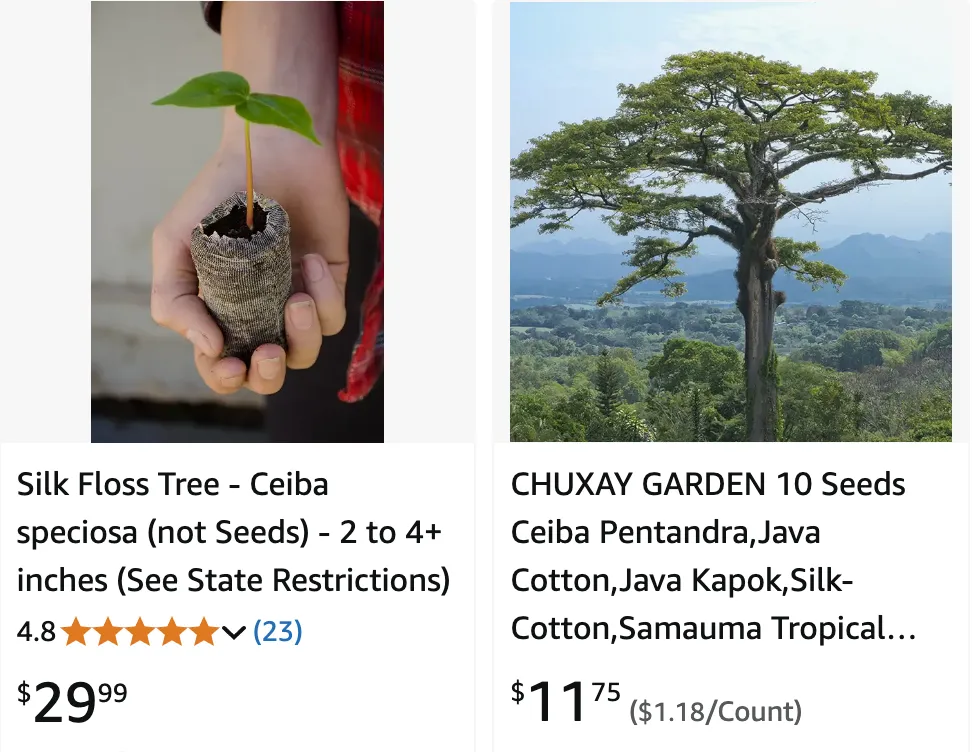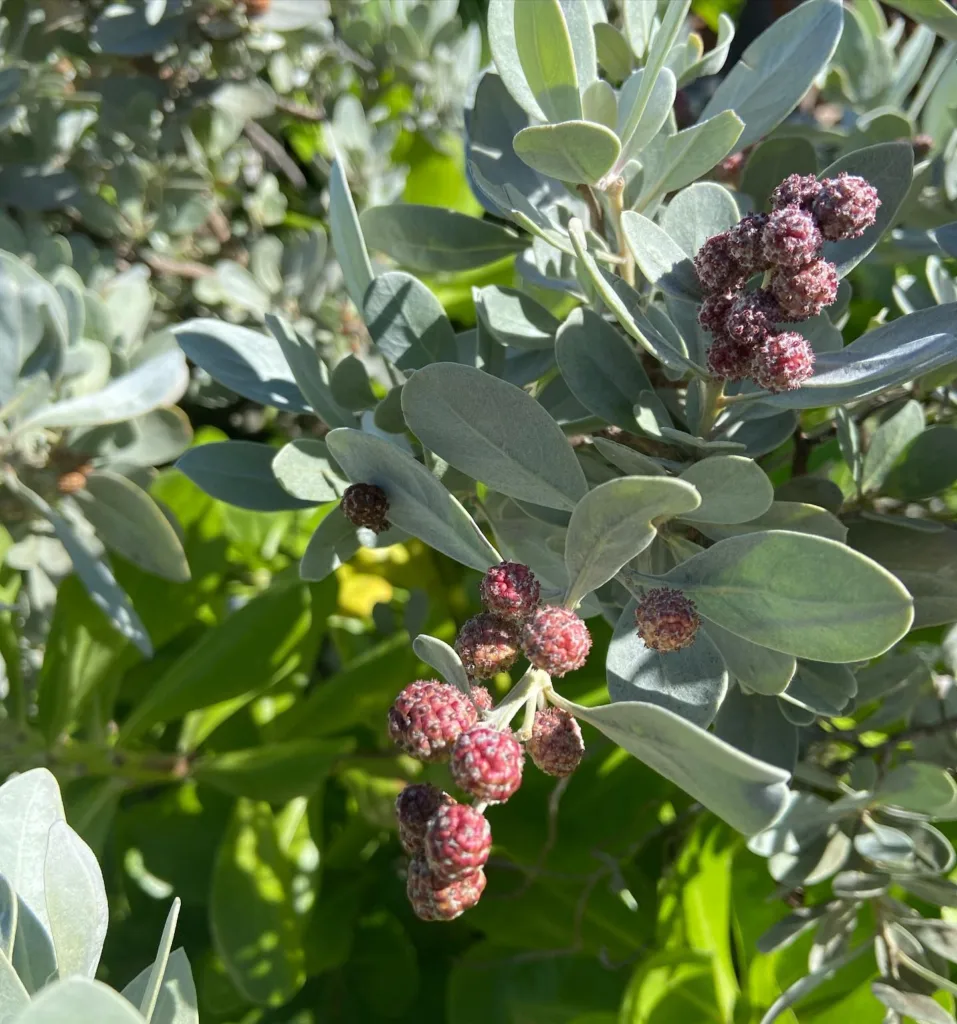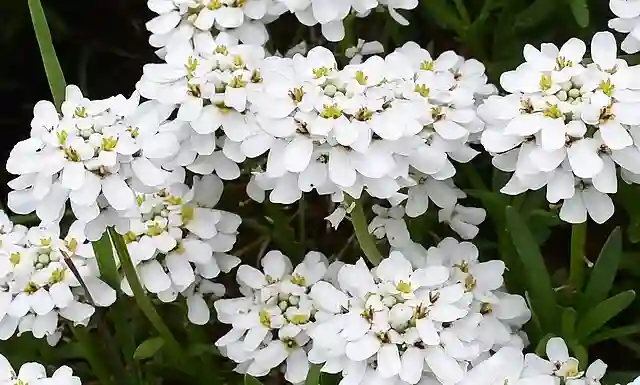
November 18 – Ceiba
"Ceiba, the mighty tree, represents November 18."
Ceiba symbolizes strength and protection. Your roots run deep, and you provide a sense of security and stability to others. Like its towering presence, you are both grounded and majestic.
The Majesty of Ceiba: A Personal Reflection
My name is Ferb Vu, and I’ve always been drawn to the giants of the natural world. Among them, the Ceiba tree holds a special place in my heart. These majestic trees, with their towering trunks and expansive canopies, evoke a sense of awe and wonder that few other plants can match. Native to tropical regions of the Americas and West Africa, Ceiba trees have played a significant role in the cultural and ecological landscapes of these regions for centuries.
A Diverse Genus
The genus Ceiba belongs to the Malvaceae family, which also includes the iconic baobab trees of Africa. While the baobab is known for its stout trunk and sparse branches, Ceiba trees are characterized by their tall, straight trunks that often feature impressive buttress roots. These roots not only provide structural support but also serve as a distinctive visual feature.
The genus Ceiba comprises several species, each with its unique characteristics and distribution:
- Ceiba pentandra: Perhaps the most well-known species, Ceiba pentandra is widely distributed throughout the tropics. It is valued for its kapok fiber, a fluffy, buoyant material derived from the seed pods. Kapok has been used for various purposes, including stuffing mattresses, pillows, and life jackets. Plant FAQs: Ceiba Pentandra – Kapok Tree
- Ceiba speciosa: Native to South America, Ceiba speciosa is also known as the floss silk tree. It is admired for its showy pink flowers and thorny trunk. This species is often planted as an ornamental tree in urban areas. Plant FAQs: Ceiba Speciosa – Silk Floss Tree
- Ceiba chodatii: Found in South America, Ceiba chodatii is known for its bottle-shaped trunk, which stores water during dry periods. This adaptation allows the tree to thrive in arid environments.
- Ceiba crispiflora: This species is native to Brazil and is characterized by its large, white flowers and spiny fruit capsules.
- Ceiba erianthos: Another South American species, Ceiba erianthos is known for its dense, woolly hairs that cover the young branches and leaves.
- Ceiba glaziovii: This Brazilian species is distinguished by its smooth, gray bark and large, palmately compound leaves.
- Ceiba insignis: Native to Peru and Ecuador, Ceiba insignis is known for its striking green bark and large, white flowers.
- Ceiba jasminodora: This species is found in Brazil and is characterized by its fragrant, white flowers that resemble jasmine.
- Ceiba pubiflora: Native to South America, Ceiba pubiflora is known for its hairy leaves and small, yellowish-white flowers.
- Ceiba samauma: This species is found in the Amazon rainforest and is known for its massive size and buttress roots.
- Ceiba aesculifolia (Kunth) Britten & Baker f.
- Ceiba boliviana Britten & Baker f.
- Ceiba lupuna P.E.Gibbs & Semir
- Ceiba rubriflora Carv.-Sobr. & L.P.Queiroz
- Ceiba salmonea (Ulbr.) Bakh.
- Ceiba schottii Britten & Baker f.
- Ceiba soluta (Donn.Sm.) Ravenna
- Ceiba trischistandra (A.Gray) Bakh.
- Ceiba ventricosa (Nees & Mart.) Ravenna
Cultural Significance
Ceiba trees have held deep cultural significance for many indigenous communities throughout the tropics. In Mayan mythology, the Ceiba tree was considered the “axis mundi,” or the center of the world, connecting the underworld, the earth, and the heavens. The tree was believed to be a sacred dwelling place for spirits and deities.
In West Africa, Ceiba trees are often associated with community gatherings and traditional ceremonies. The large, spreading canopies provide shade and shelter, making them ideal locations for social events. The trees are also believed to possess spiritual powers and are often used in traditional medicine.
Ecological Importance
Ceiba trees play a vital role in the ecosystems they inhabit. Their large canopies provide habitat for a wide range of animals, including birds, monkeys, and insects. The flowers produce nectar, attracting pollinators such as bats and bees. The fallen leaves enrich the soil, providing nutrients for other plants.
The kapok fiber produced by Ceiba pentandra has also been recognized for its environmental benefits. It is a sustainable and biodegradable alternative to synthetic fibers, making it a valuable resource for eco-friendly products.
Conservation Concerns
Despite their ecological and cultural importance, Ceiba trees face several threats. Deforestation, habitat loss, and climate change are all contributing to the decline of Ceiba populations in some regions. Conservation efforts are underway to protect these magnificent trees and ensure their survival for future generations.
A Personal Connection
My fascination with Ceiba trees stems from their sheer grandeur and the sense of history they embody. Standing beneath the expansive canopy of a Ceiba, one can’t help but feel a connection to the natural world and the generations that have come before. These trees are a testament to the resilience and beauty of nature, and they serve as a reminder of the importance of preserving our planet’s biodiversity.
I believe that by understanding and appreciating the value of Ceiba trees, we can contribute to their conservation and ensure that these magnificent giants continue to thrive for centuries to come.
If i die, water my plants!



